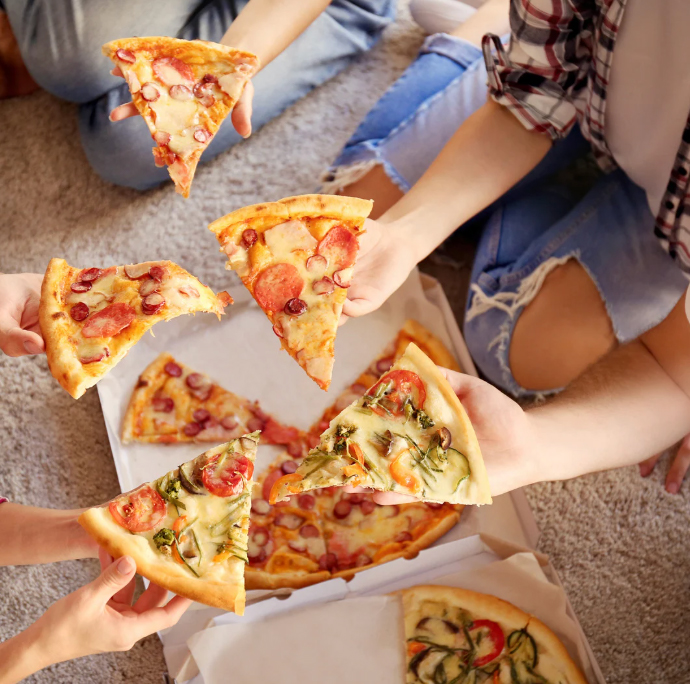Disordered Eating Versus Eating Disorder
Disordered eating refers to a spectrum of problematic eating behaviors and distorted attitudes towards food, weight, shape, and appearance. Biological, psychological, sociocultural, and environmental factors contribute to distorted eating attitudes and behaviors.
Problematic eating behaviors can include barely eating most of the day and then ending the day with a binge or what feels like a binge. This pattern starts over again the next day, creating a cycle of behaviors that are difficult to stop. These behaviors lead to feelings of anxiety, shame, and guilt.
Disordered eating is a risk factor for the development of an eating disorder: a complex mental illness that is characterized by persistent disturbances in eating behaviors and impairment in psychological functioning.
How to Disrupt Disordered Eating
Disordered eating can be disrupted by having a consistent meal habit and including snacks as needed. This helps to support hunger between meals and creates a pleasant and positive eating habit. The structure of meals and snacks allows for internal regulation as well as positive eating attitudes and behaviors, which are components of Eating Competence. Nutrition, social, and emotional health parameters are positive and weight is stable when people are Eating is Competent.

No Meal is Perfect
It’s the Eating Relationship That is Important

The Satter approach to Eating Competence begins with getting into the meal habit. You can start the meal habit with whatever you eat now and don’t worry about what the meal looks like. When you are ready add new foods to your meals, and don’t worry about taking certain foods away, and avoid talking and thinking about food in terms of nutrient content or measured amounts. The goal is to eat for energy and satisfaction as opposed to eating to control body shape and size.
Mealtimes are a great time to connect with others and can be something to look forward to. Give yourself permission to enjoy the food and the company you are with.



